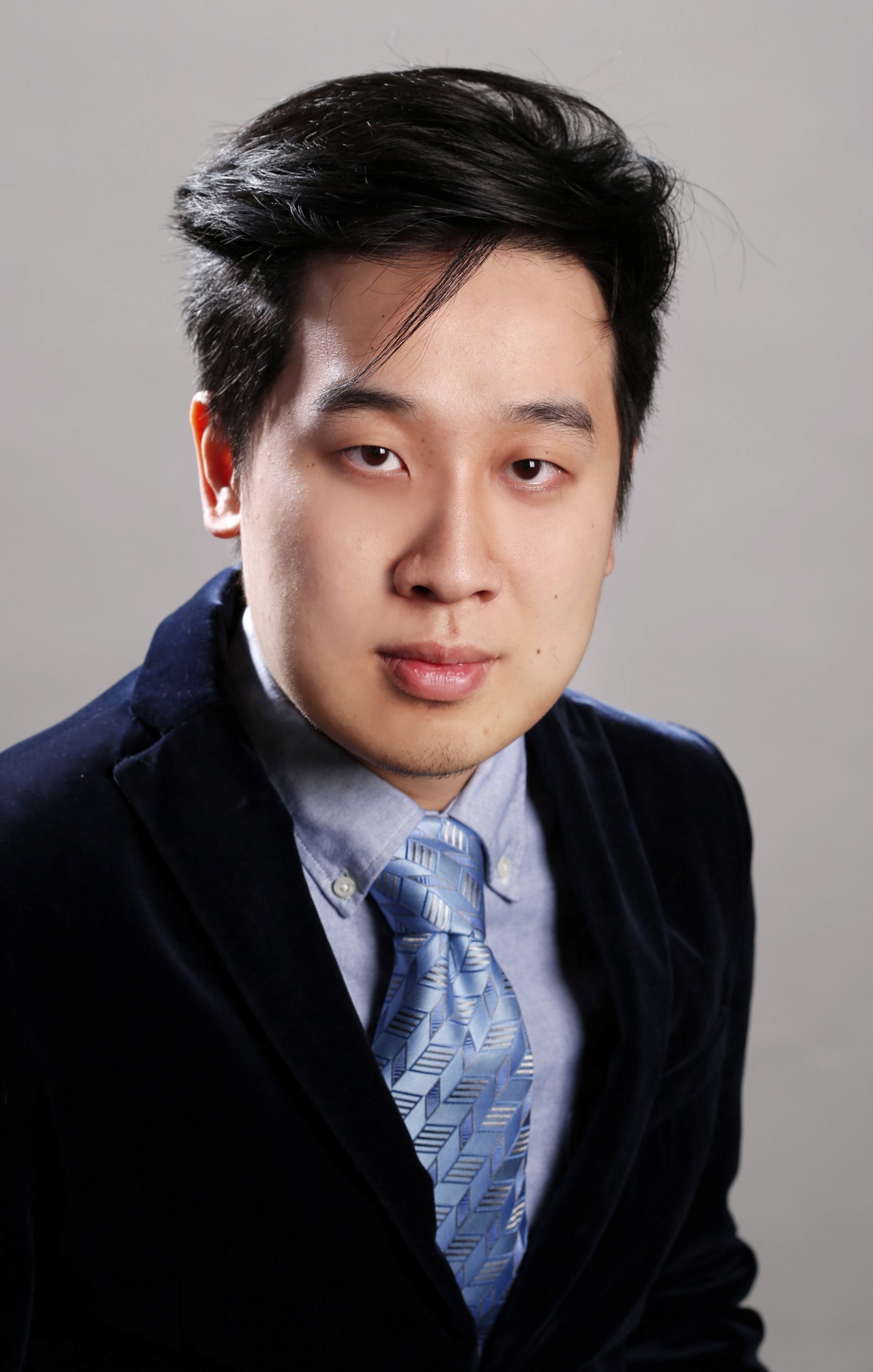Electromagnetic Synthesis and Control in Integrated Systems from RF-to-Terahertz-to-Optics
Date: 2020/10/29 - 2020/10/29
Academic Seminar: Electromagnetic Synthesis and Control in Integrated Systems from RF-to-Terahertz-to-Optics
Speaker: Dr. Xuyang Lu, Department of Electrical Engineering, Princeton University
Time: 09:00 -10:00, October 29, 2020, (Beijing Time)
Location: Room 454, Long Bin Building
Abstract
Electromagnetic field synthesis, control, manipulation, detection, and processing, in the spatial and temporal domain, are the underlying fundamental techniques that have resulted in the all-pervading technology space spanning communication, sensing, and imaging that have had a transformative impact in future 5G network. This extends from the radio-wave, millimeter-wave, and terahertz frequencies to optical fields. The development of silicon-based lithography with a nanometer-level resolution is a suitable platform to implement integrated systems for mmWave and THz applications.
In this talk, I will guide you through my researches in EM field synthesis by exploring new degrees of freedom in integrated circuit platforms. First, I will present a secured mmWave directional transmitter for physical layer security. Second, I will present a new periodic array architecture with element pattern reconfigurability to facilitate spectrally-agile arrays. Third, I will introduce sub-wavelength EM synthesis with a 0.3 THz metasurface. Finally, I will show an application of integrated photonic crystals to realize a physical unclonable function.
Biography
 Xuyang Lu received his Ph.D. degree in electrical engineering from Princeton University working with Professor Kaushik Sengupta. He received his B.S. degree in Electronic Engineering from Rice University, Houston, Texas in 2014. His Ph.D. research was focused on the analysis, design, and testing of integrated circuits and systems, with applications in high-speed wireless communication, radar, medical imaging, and bio-sensing. He has received the IEEE Solid-State Circuits Society Predoctoral Achievement Award, Princeton University School of Engineering and Applied Science Award for Excellence, and Analog Devices Outstanding Student Designer Award.
Xuyang Lu received his Ph.D. degree in electrical engineering from Princeton University working with Professor Kaushik Sengupta. He received his B.S. degree in Electronic Engineering from Rice University, Houston, Texas in 2014. His Ph.D. research was focused on the analysis, design, and testing of integrated circuits and systems, with applications in high-speed wireless communication, radar, medical imaging, and bio-sensing. He has received the IEEE Solid-State Circuits Society Predoctoral Achievement Award, Princeton University School of Engineering and Applied Science Award for Excellence, and Analog Devices Outstanding Student Designer Award.
